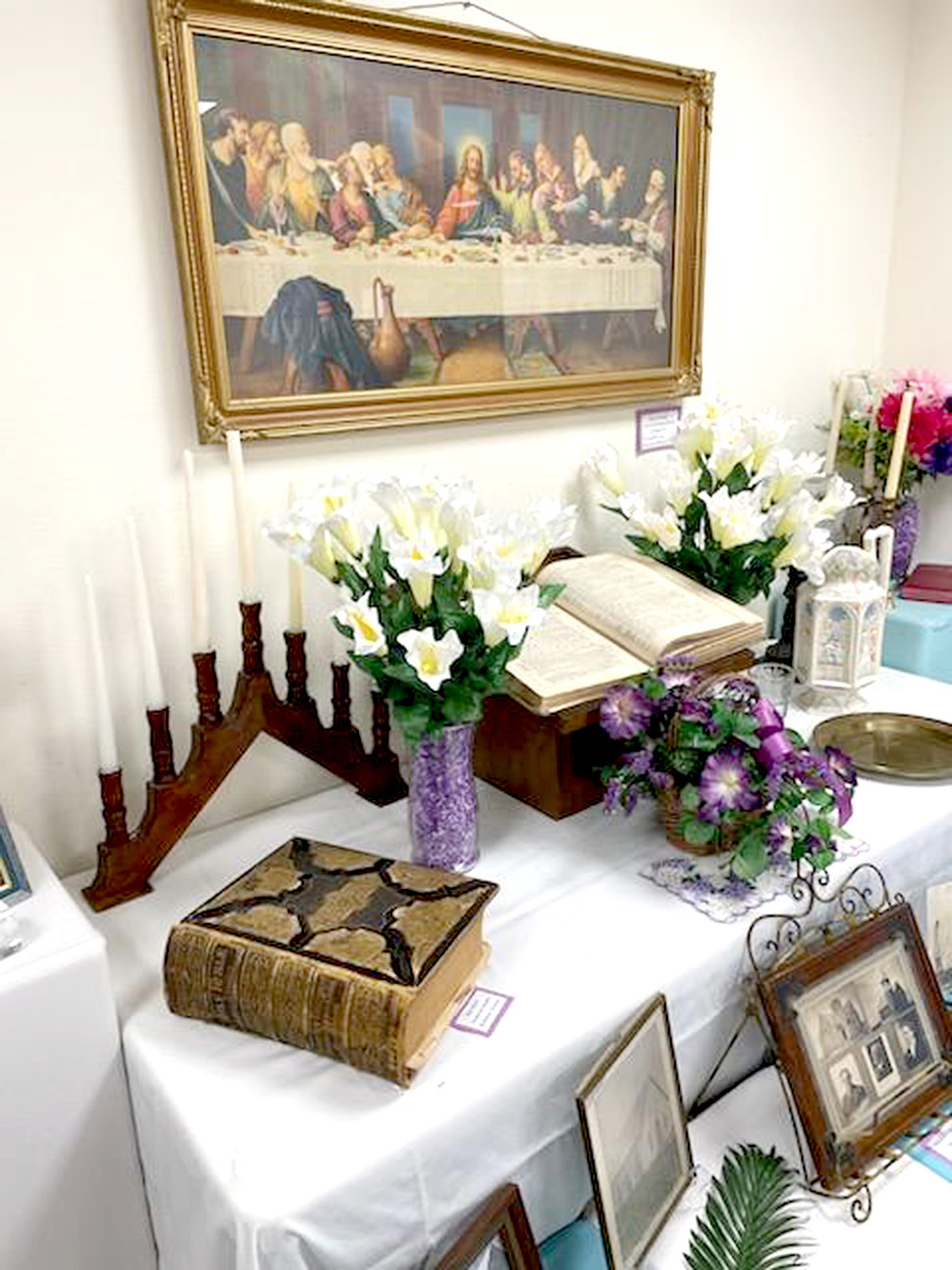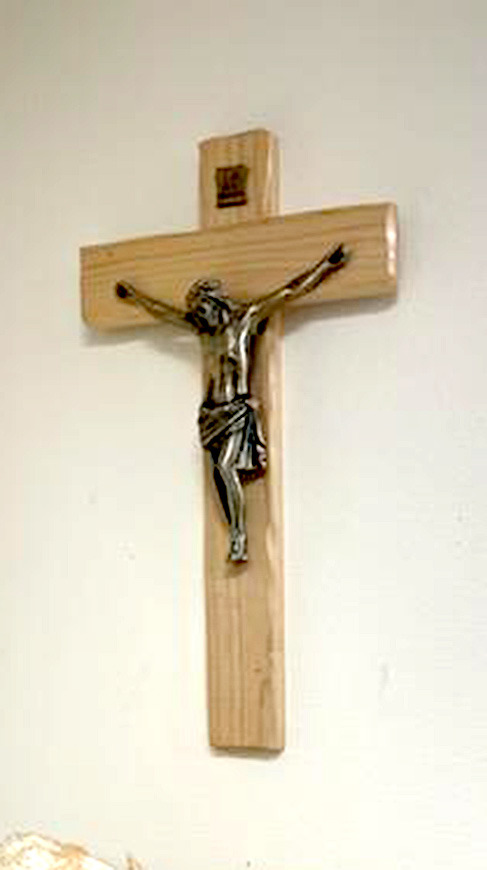The History Corner
By Rick Gianni, Rooks County Museum Director
'On a hill far away stood an old rugged cross The emblem of suffering and shame.'
Many know the words to the hymn but possibly not the history of the emblem. The cross identifies suffering and shame but also rebirth and life. These views helped establish the history of the Christian emblem.
The cross was used to fulfill a court-ordered death sentence. The process, known as crucifixion, was intentionally the most visual method of execution. The condemned, attached to a cross, suffered a slow death. Nails pierced the hands and feet and damaged nerves causing excruciating pain. Movement against the nails increased the nerve pain. Body weight pressed against the lungs caused a suffocating death process. Crosses stood low, allowing animals to feast on the victim's legs. Passing citizens saw flesh stripped from the knees to the feet. Open sores festered as maggots dropped to the ground. Crucifixions were so graphic that Rome passed a law forbidding this sentence on Roman citizens.
For Christians, the cross became a cherished emblem. During the early establishment of the religion, people witnessed gruesome scenes, and the emblem remained empty. It was traumatic to remind a person of such a scene. Years later, the body image returned to the cross, reminding followers they were to have suffered that death, not Christ.
Empty crosses reminded followers of Christ's victory over death and His resurrection. Yet the rivalry of the crucifix versus the empty cross added to the divided within the faith. Some were accused of believing Christ was still on the cross. Others were accused of overlooking the suffering and shame Christians were to endure. Either way, the Christian was expected to view the crucifix or the empty cross as a reminder of the most important event in their religion's history. The Psalms proclaimed, 'I was glad when they said unto me, let us go into the house of the Lord.'
During Easter, the Rooks County Historical Society honors the county churches and recognizes those who hold either the crucifix or the empty cross as the emblem of faith. Special recognition goes to the volunteers of the Methodist Thrift Shop on Main Street for their dedicated search for religious items.
The museum's Easter display includes century- old homesteading family Bibles. An image of “The Last Supper” represents the Main Street Christian Church, and the Methodist hymnal is included. The Ash Rock Church and the Catholic congregations throughout the county are honored. The museum is committed to saving historical religious relics representing the county's congregational history.
Take time to remember and reflect on the rich history of Rooks County's Christian faith. The history of the churches and the faithful must be recorded in the files of the Jean Lindsey Resource Center. And as the beloved hymn recognized the emblem of suffering and shame, it concluded… 'I will cling to the old rugged cross.
And exchange it some day for a crown.'





